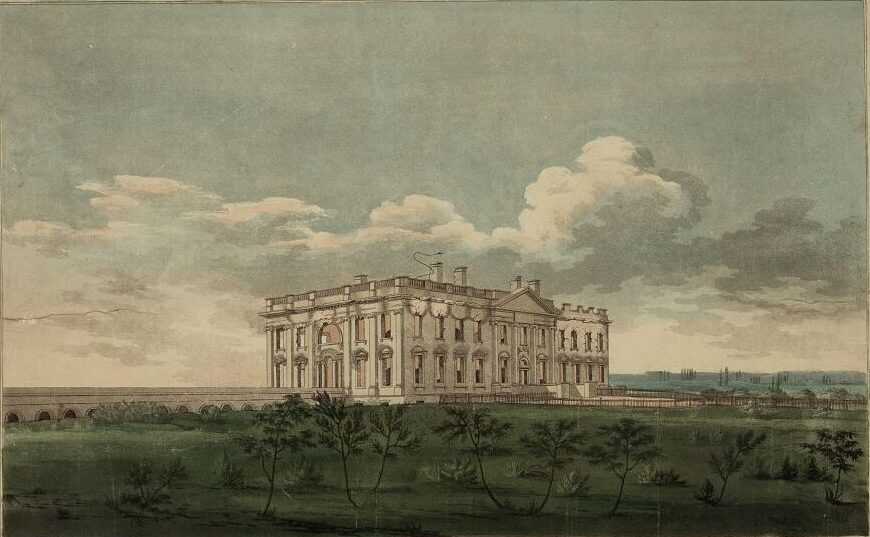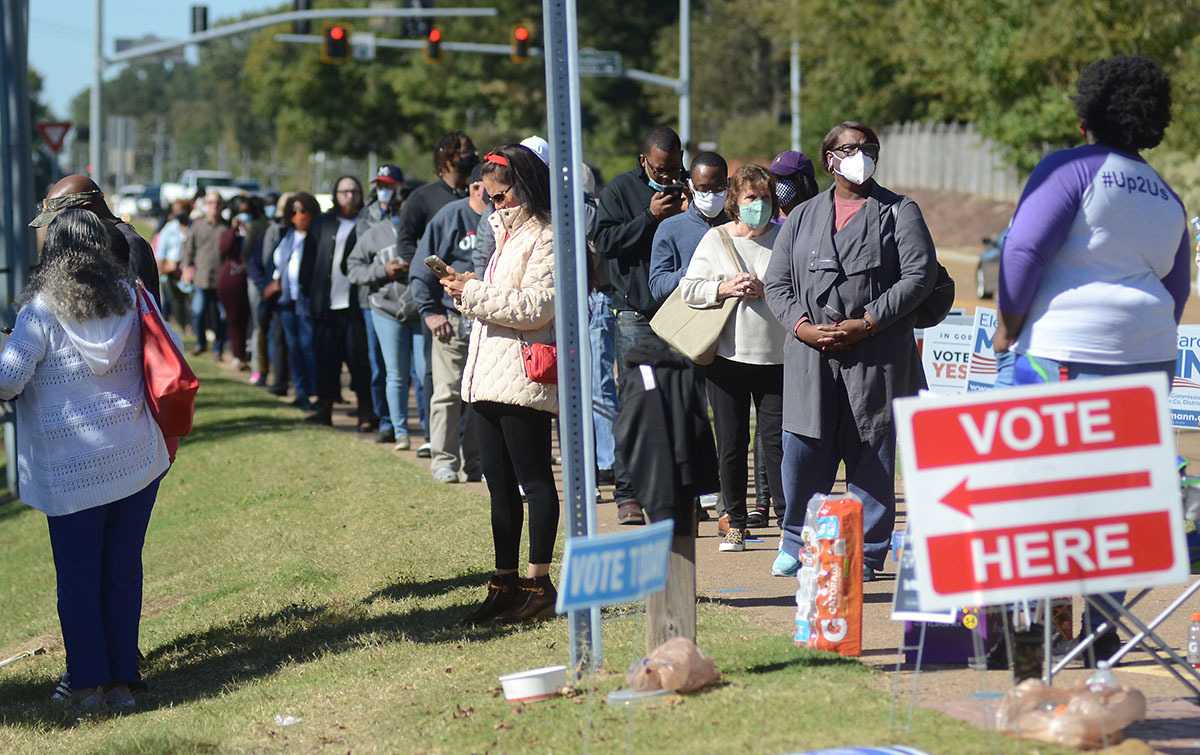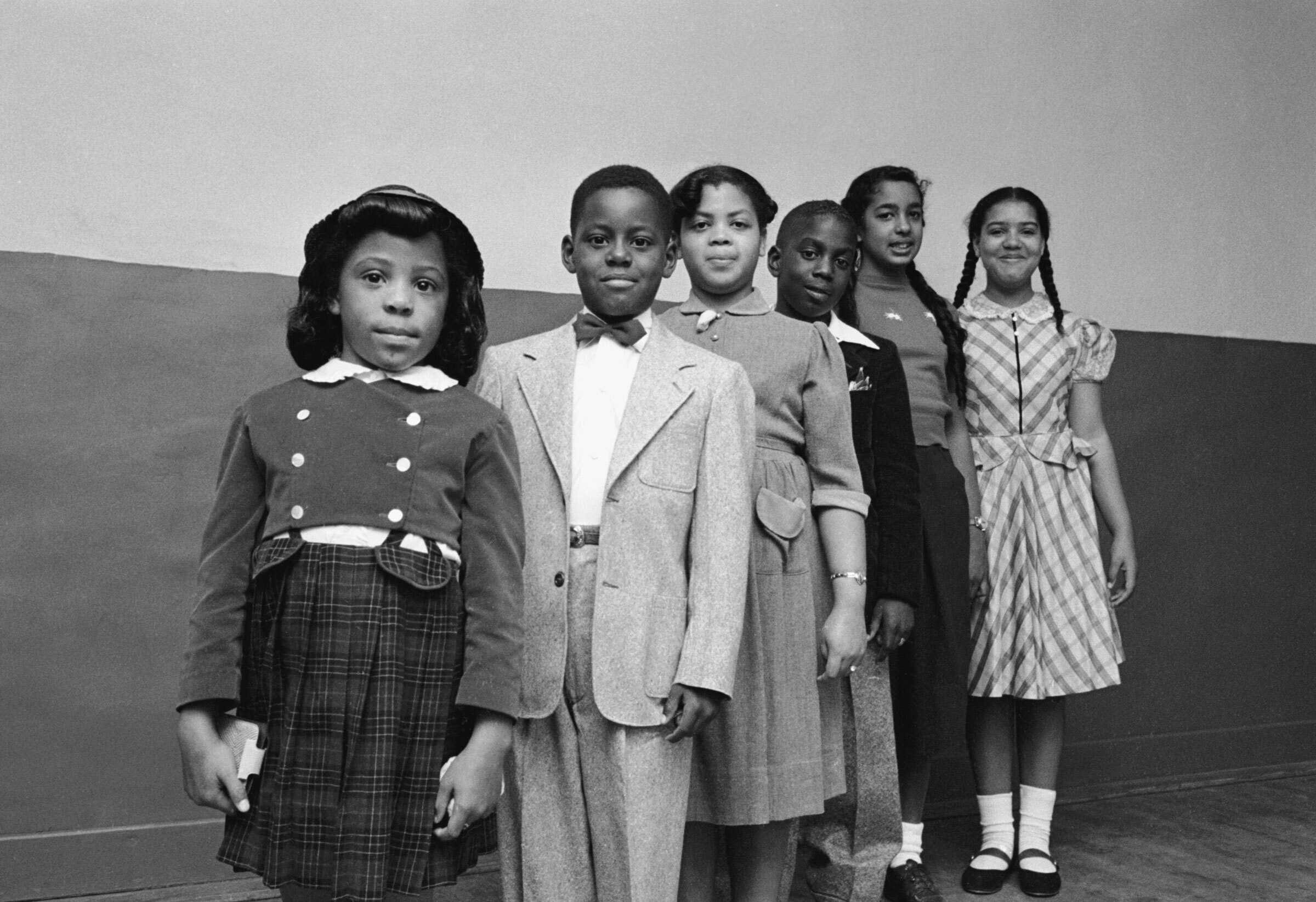Biography
Enslaved at the White House

Paul Jennings and James Madison
Paul Jennings
Born in 1799, Paul Jennings was enslaved by President James Madison and his wife Dolley at Montpelier and Washington, D.C. In his 1865 memoir, A Colored Man's Reminiscences of James Madison, Jennings detailed his experiences while enslaved at the White House. He documented the burning of Washington when British forces set fire to the White House and other buildings during the War of 1812.His wife, Fanny Gordon, and their children were enslaved in Orange, Virginia, near Montpelier. In 1847, Jennings arranged to be sold to and purchase his freedom from Massachusetts Senator Daniel Webster for $120, working for a wage of $8 per month. Jennings married three times. He established his family in Washington and owned property near the White House and in Georgetown.
The Pearl Incident
Sixth Street Wharf in Washington, D.C.
One year after purchasing his freedom, Jennings and other free Black men, including Daniel Bell and Samuel Edmundson, planned the escape of over 70 enslaved men, women, and children from Washington, D.C., in what came to be known as the Pearl Incident. On April 15, 1848, freedom seekers boarded the schooner Pearl, docked at a wharf in Southwest Washington, and set sail down the Potomac River. Captain Daniel Drayton planned to sail into Chesapeake Bay and up the Delaware River to New Jersey, but strong headwinds slowed the voyage and the group was captured near Lookout Point, Maryland.
A Lasting Legacy
Jennings Descendants at Montpelier
Though Fanny died in 1844, Jennings reunited with his children in the 1850s and purchased two homes in Washington, D.C. He lived at 1804 L Street NW with his second wife, Desdemona, while his daughter, Frances, lived next door with her sons. Jennings also purchased property in the Black enclave of Georgetown. The home remains part of his legacy, maintained by his descendants. Paul Jennings remained a prominent member of D.C.’s Black community until his death in 1874.


